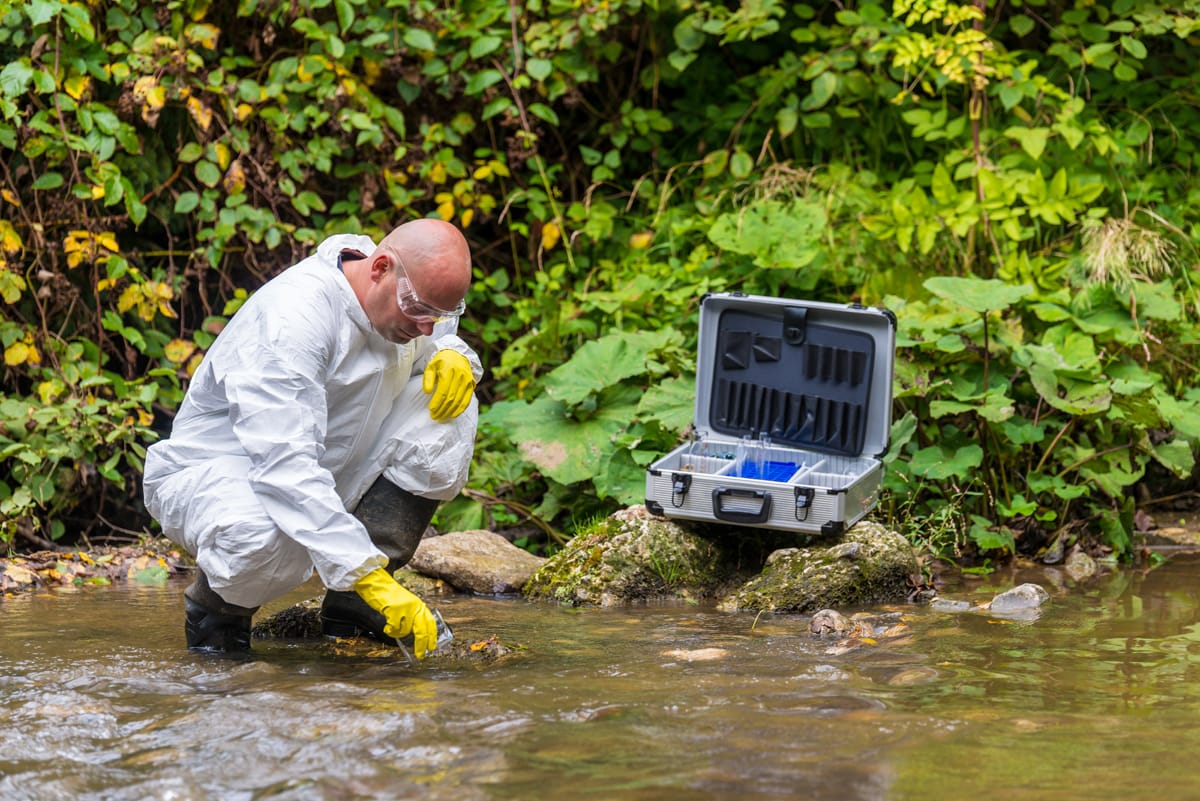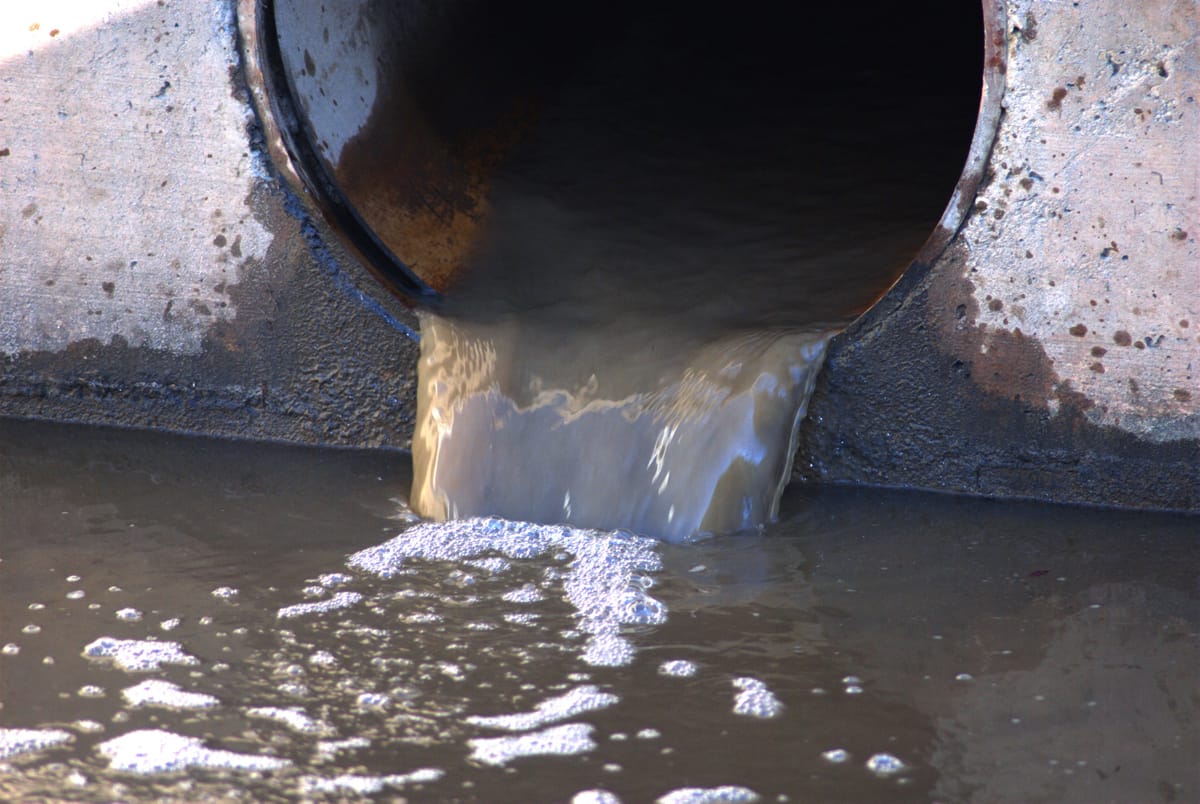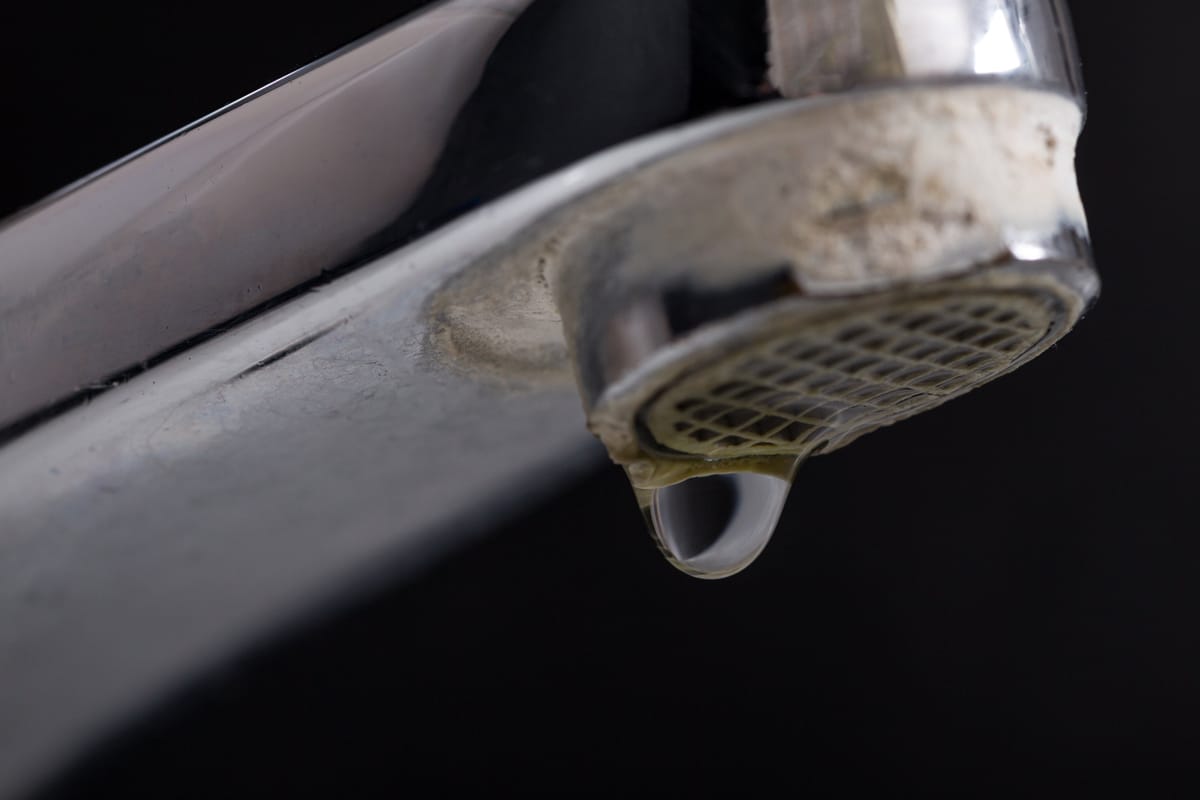Friend or Foe: Orthophosphates in Drinking Water

It’s no secret that our public water supplies are treated to make it safe to drink, but the question often lies in how efficient that process may be. Orthophosphate makes up just one of those treatments. It’s a compound commonly added to water to prevent lead infiltration, something we already know to be toxic and dangerous to anyone who ingests it. But what is orthophosphate exactly, and is it safe to drink?
ORTHOPHOSPHATES IN LEAD CONTROL
Orthophosphate is a kind of phosphate. But in more technical terms, orthophosphate is a commonly used corrosion inhibitor that’s added to a water source to prevent lead pipes from leaching. The orthophosphate reacts with the lead, creating a mineral crust inside of the pipe preventing further lead corrosion. In this way, cities experiencing lead pollution in their drinking supply can see its concentration drop by an astounding 90%.
Yet, that doesn’t stop the problem permanently. Orthophosphate treatments are expensive and can become ineffective if the water’s corrosivity changes. In addition, the chemistry behind water pipes isn’t as simple as adding a corrosion inhibitor and calling it a day. In fact, sometimes orthophosphate treatments can form a porous scale on the inside of pipes instead of a water-insoluble scale. A porous scale is more at risk of breaking away and infiltrating drinking water. In some pipes that experience galvanic corrosion, or when two dissimilar metals meet, it’s been suggested that orthophosphate treatments can accelerate lead pollution.

FRIEND OR FOE?
Unfortunately, certain health effects of water treated with orthophosphate are not known. According to the FDA, phosphates are characterized as a food additive and “generally recognized as safe.” But given the fact that other government regulatory organizations, like the EPA, find there to be a safe limit of lead and other heavy metals in drinking water, “generally recognized as safe” isn’t as comforting as you’d think.
Though, some studies do suggest that there are dangers when consuming phosphates at a high level. Since phosphates are entirely absorbed by the gastrointestinal tract, it has been suggested that elevated phosphate intake could damage blood vessels, induce aging, increase the risk of cardiovascular diseases, and lead to a higher mortality rate in those with renal disease.
Human beings aren’t the only thing that orthophosphate can negatively impact. Yet again, we must worry about the environment’s wellbeing as it pertains to using orthophosphate treatments. One reason water utilities are apprehensive about utilizing this method is because increased phosphates affect wastewater treatment and encourage algal blooms downstream of sewage plants.

BETTER SAFE THAN SORRY
There is still much debate around orthophosphate, given that some evidence is conclusive, and some isn’t. When it comes to choosing your water source, you shouldn’t have to rely on a guesstimate. You need fully reliable water, like Primo.
Primo® Water undergoes a 5-step Reverse Osmosis (RO) purification process that rids the water of harmful microorganisms, heavy metals (like lead!), trace pharmaceuticals and more. That means you’re left with better, safer water in every drop. No need to worry about lead or adding orthophosphate to the party. Primo® Water is the better alternative, plain and simple. Find it near you today.
